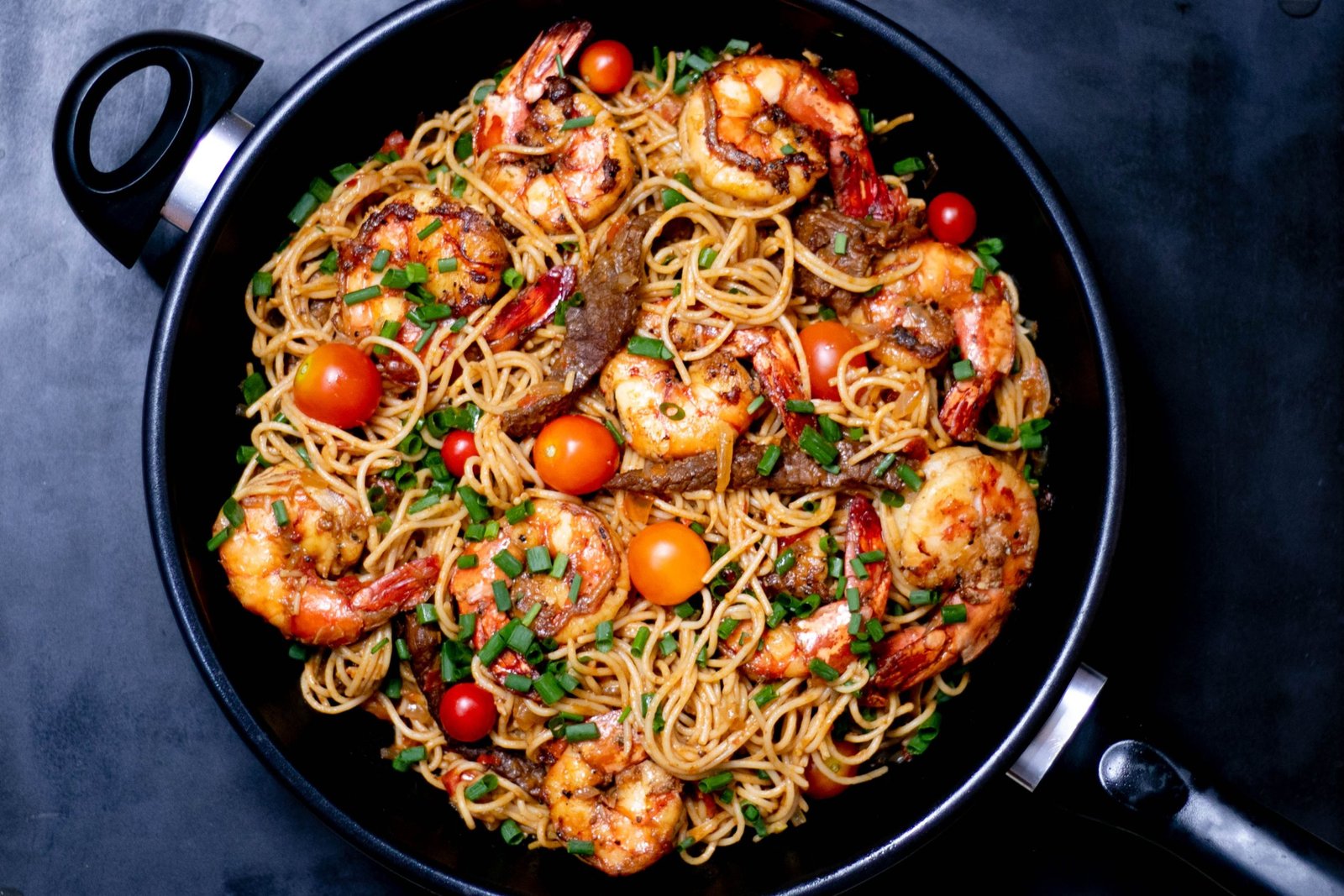Introduction to Homemade Pasta: A Guide to Mastering the Art of Pasta Making
Pasta is a beloved staple in many cuisines around the world. While store-bought pasta is convenient, there is something truly special about homemade pasta. The process of making pasta from scratch allows you to create a dish that is fresh, flavorful, and tailored to your preferences. Whether you are a seasoned cook or a beginner in the kitchen, mastering the art of homemade pasta is a rewarding endeavor. In this article, we will explore the essential tips, recipes, techniques, and troubleshooting solutions to help you create perfect homemade pasta every time.
Essential Tips for Perfect Homemade Pasta: From Ingredients to Equipment
To create the perfect homemade pasta, it is crucial to start with high-quality ingredients. The two main ingredients in pasta are flour and eggs. Opt for a high-protein flour, such as durum wheat flour or semolina flour, as it will give your pasta a desirable texture and structure. Fresh eggs are also essential for a rich and flavorful pasta dough. Use organic or free-range eggs for the best results.
In addition to ingredients, having the right equipment is key to successful pasta making. A pasta machine or a stand mixer with a pasta attachment can make the process much easier and more efficient. These tools allow you to roll out the dough evenly and cut it into various shapes. However, if you don’t have a pasta machine, don’t worry! You can still make pasta by hand using a rolling pin and a sharp knife.
Classic Homemade Pasta Recipes: From Traditional Egg Pasta to Flavored Varieties
Traditional egg pasta is a classic recipe that serves as the foundation for many pasta dishes. To make this pasta, simply combine flour and eggs in a bowl, knead the dough until smooth, and let it rest before rolling it out and cutting it into desired shapes. The result is a versatile pasta that can be used in dishes like spaghetti, fettuccine, or lasagna.
If you’re feeling adventurous, you can also experiment with flavored pasta varieties. Adding ingredients like spinach, beetroot, or squid ink to the dough can create vibrant and unique pasta colors. You can also incorporate herbs, spices, or even cheese into the dough to infuse additional flavors. These flavored pastas can elevate your dishes and impress your guests with their visual appeal and taste.
Exploring Different Pasta Shapes: Techniques and Tools for Crafting Beautiful Noodles
One of the joys of homemade pasta is the ability to create a wide variety of shapes and sizes. From long and thin spaghetti to stuffed ravioli, the possibilities are endless. To achieve different pasta shapes, you can use various techniques and tools.
For long, thin noodles like spaghetti or linguine, a pasta machine with a cutting attachment is ideal. Simply roll out the dough into thin sheets and feed it through the machine to create perfectly uniform strands. If you prefer shorter shapes like penne or farfalle, you can cut the dough by hand using a sharp knife or a pasta cutter.
To make stuffed pasta shapes like ravioli or tortellini, you will need a pasta roller and a mold or a template. Roll out the dough into thin sheets, place the filling on one sheet, cover it with another sheet, and press around the filling to seal the edges. Then, use the mold or template to cut out the desired shape.
Elevating Homemade Pasta with Delicious Sauces and Toppings: Pairings and Combinations
While homemade pasta is delicious on its own, pairing it with the right sauce and toppings can take it to the next level. The choice of sauce depends on the type of pasta and your personal preferences. For example, delicate pasta shapes like angel hair or tagliatelle pair well with light, oil-based sauces like aglio e olio or pesto. On the other hand, hearty pasta shapes like rigatoni or fusilli can handle rich, meaty sauces like Bolognese or carbonara.
In addition to sauces, toppings can add texture and flavor to your pasta dishes. Freshly grated Parmesan cheese, toasted breadcrumbs, or chopped herbs can provide a finishing touch that enhances the overall taste and presentation. Don’t be afraid to experiment with different combinations to find your favorite pairings.
Troubleshooting Common Homemade Pasta Issues: Solutions for Chewy, Sticky, or Tough Noodles
Even with the best techniques and ingredients, homemade pasta can sometimes present challenges. If your pasta turns out chewy, it may be due to undercooking or insufficient kneading. Ensure that you cook the pasta until al dente and knead the dough until it is smooth and elastic.
Sticky pasta can be a result of using too much moisture in the dough or not enough flour. Adjust the ratio of flour to eggs and add more flour if needed. If the dough is too dry and crumbly, add a small amount of water or egg to bind it together.
Tough noodles can occur if the dough is overworked or rolled too thin. Be gentle when kneading the dough and avoid excessive rolling. Additionally, make sure to let the dough rest adequately before rolling it out to allow the gluten to relax.
In conclusion, homemade pasta is a culinary art that can be mastered with practice and the right techniques. By following essential tips, experimenting with classic and flavored recipes, exploring different pasta shapes, pairing with delicious sauces and toppings, and troubleshooting common issues, you can create perfect homemade pasta that will impress your family and friends. So, roll up your sleeves, gather your ingredients and equipment, and embark on a pasta-making adventure that will elevate your cooking skills and delight your taste buds.
